Essensey Caffeine – 120 caps.
✔️ 200 MG ANHYDROUS CAFFEINE
✔️ HIGH PORTION OF CAFFEINE
✔️ ADDED GRAPEFRUTIA EXTRACT
✔️ EXCELLENT CHOICE FOR ATHLETES, PEOPLE WHO ARE HIGHLY WORKED AND STUDENTS
✔️ EASY TO SWALLOW CAPSULES
✔️ PRODUCED IN A CERTIFIED FACTORY: ISO 9001, ISO 22000
✔️ IDEAL FOR VEGETARIANS DUE TO THE CELLULOSE CAPSULE USED
ESSENSEY Caffeine Dietary Supplement in the form of capsules containing 200 mg of caffeine and grapefruit extract standardized for naringenin content.
Caffeine absorption Caffeine is a raw material that is quickly absorbed in the digestive tract. It reaches its maximum concentration in the blood after 30–120 minutes of consumption, depending on the individual conditions of the body and the presence of food in the stomach.2 Caffeine is distributed through the blood to all tissues of the human body.1
Natural antioxidant Naringenin (present in grapefruit extract) is a naturally occurring flavonoid with antioxidant activity.5 Essensey Caffeine contains 50 mg of grapefruit extract standardized for naringenin.
Contents: in: 1 capsule
- Caffeine: 200 mg
- Grapefruit extract: 50 mg
- including naringenin: 49 mg
Ingredients: anhydrous caffeine (33.4%), maltodextrin, capsule shell (glazing agent – hydroxypropyl methylcellulose), grapefruit extract (Citrus paradisi) [98% naringenin] (8.4%), anti-caking agent – magnesium salts of fatty acids. May contain unintentional presence of milk derivatives, soy, cereals containing gluten, eggs, peanuts and other nuts.
FOR WHOM
for physically active adults and athletes – learners – intensive mental work
HOW TO USE
Take 1 capsule daily with an appropriate amount of fluid, preferably before breakfast or 30 minutes before training. Do not use before bed!
STORAGE
Store out of reach of small children, in a dry and cool place. Protect from direct sunlight.
SOURCE
- Wierzejska, R. (2012). Caffeine – a common component of the diet and its impact on health. Annals of the National Institute of Hygiene, 63(2).
- Babu KM, Church RJ, Lewander W.: Energy drinks: The new eye-opener for adolescents. Clin. Ped. Emerg. Med. 2008, 9, 35-42.
- Glade MJ: Caffeine – not just a stimulant. Nutrition. 2010, 26, 932-938.
- Temple JL: Caffeine use in children: what we know, what we have left to learn and why we should worry. Neuroscience and Behavioral Reviews. 2009, 33, 793- 806.
- Wojnar, W., Zych, M., & Kaczmarczyk-Sedlak, I. (2018). The effect of naringenin on antioxidant response and oxidative status in lenses of diabetic rats. Herbalism, 4(1), 17-30.






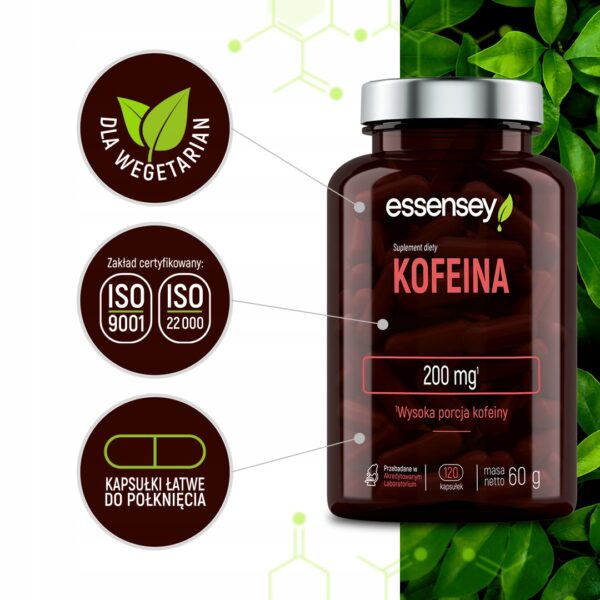

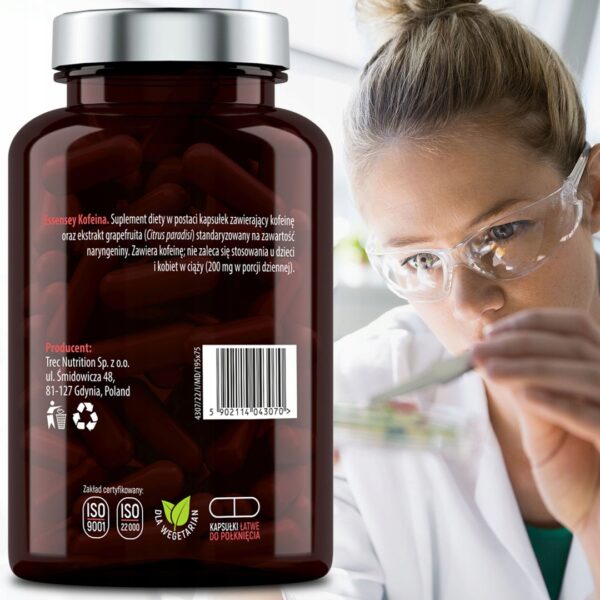




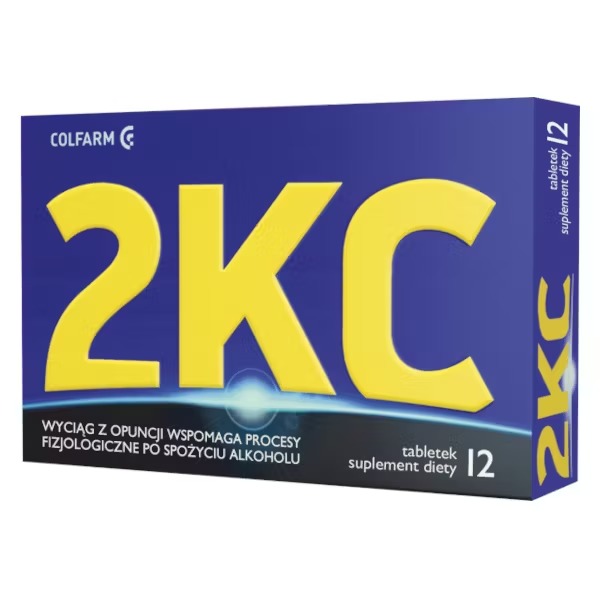
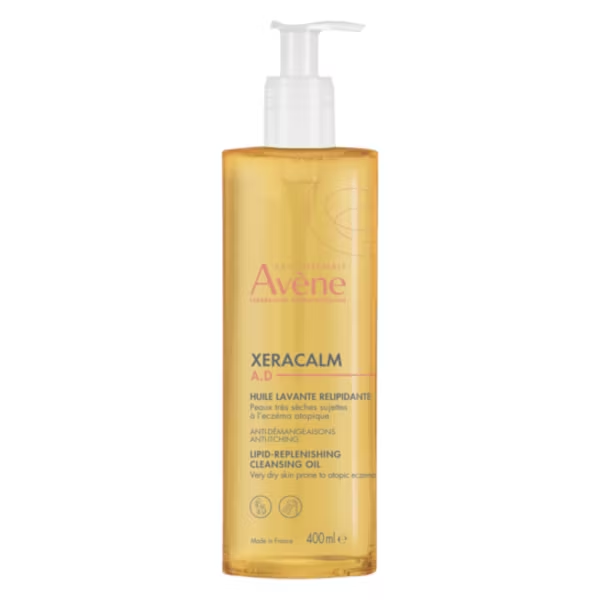




















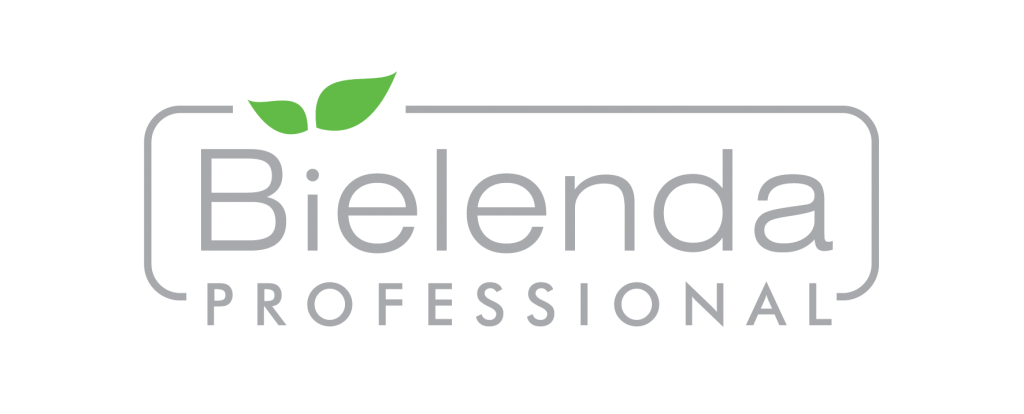







Reviews
Clear filtersThere are no reviews yet.